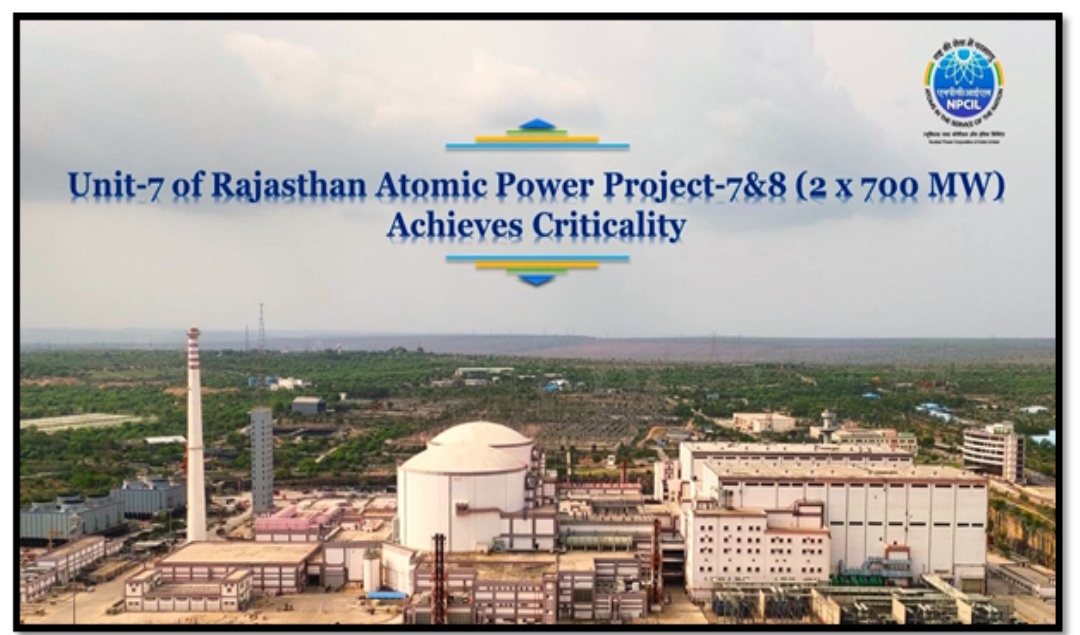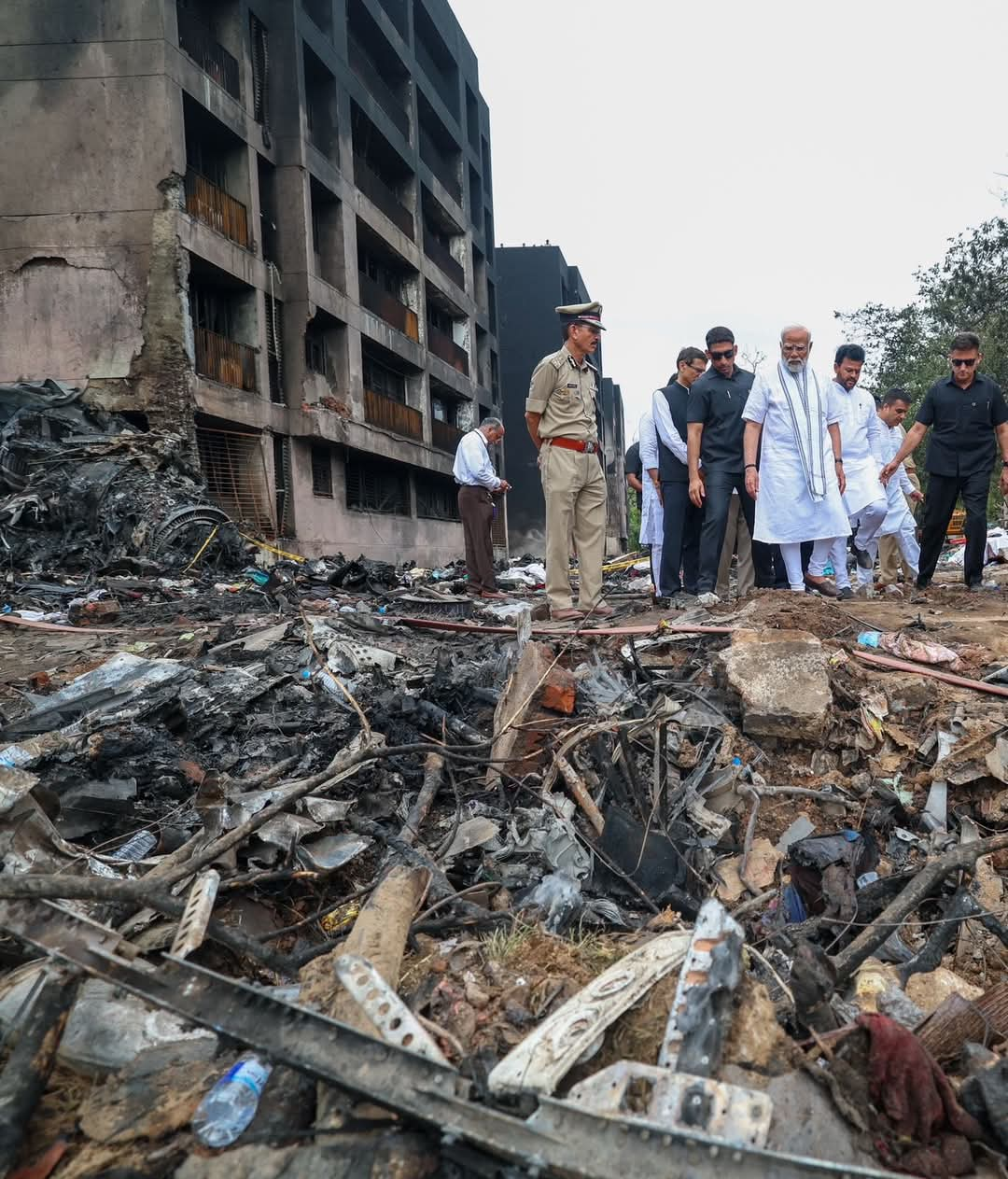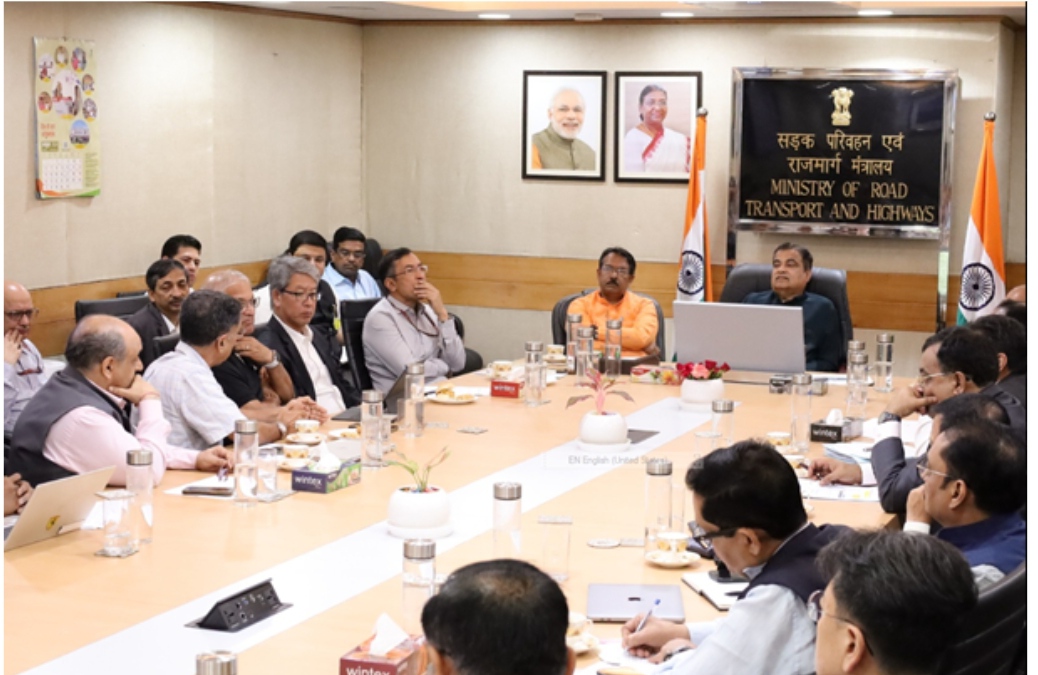Rajasthan Atomic Power Project Unit-7 Achieves Criticality, Marking a Milestone for India’s Nuclear Energy Program.
Rawatbhata, Rajasthan:
In a significant advancement for India’s nuclear energy initiatives, Unit-7 of the Rajasthan Atomic Power Project (RAPP-7) successfully reached criticality on September 19, 2024, at 9:42 PM. This milestone marks the commencement of a controlled nuclear fission chain reaction, a critical step in the reactor’s operational cycle.
A spokesperson stated that the achievement follows the clearance from the Atomic Energy Regulatory Board (AERB) for the First Approach to Criticality, highlighting India’s commitment to balancing its growing energy demands with environmental sustainability. As the country strives to reduce carbon emissions, this development underscores the potential of nuclear energy as a clean power source.
Criticality in a nuclear reactor signifies that the number of neutrons produced from fission events equals the number lost, establishing a stable power output. This phase is essential for transitioning from construction to operational status, allowing the reactor to begin generating heat for electricity production.
RAPP-7, a 700 MWe Pressurized Heavy Water Reactor located in Rawatbhata, is part of a series of sixteen indigenous reactors being developed in India. The project, owned and operated by the Nuclear Power Corporation of India Limited (NPCIL), plays a crucial role in enhancing the nation’s energy security. With RAPP-7, NPCIL continues to expand its expertise in the design, construction, and operation of nuclear facilities.
Following the criticality achievement, RAPP-7 will undergo a series of tests and experiments to ensure optimal functionality before connecting to the grid. The reactor is expected to gradually increase power levels in compliance with AERB guidelines, with full power generation anticipated later this year.
Once operational, RAPP-7 will significantly contribute to India’s energy mix, complementing the existing six units at Rawatbhata that already provide 1180 MW to the national grid. The entire RAPP-7&8 project aims for a total capacity of 1400 MW, further solidifying NPCIL’s role in India’s nuclear landscape.
The Department of Atomic Energy (DAE) and NPCIL are committed to advancing the project, which aligns with India’s goal of achieving 500 GW of non-fossil fuel energy by 2030. Nuclear energy, as a zero-emission source, is vital for reducing reliance on coal and fossil fuels.
“The successful achievement of criticality at RAPP-7 not only strengthens India’s energy security but also reflects the nation’s growing capabilities in nuclear technology. As the country moves toward a sustainable energy future, this milestone serves as a beacon of innovation and commitment to environmental responsibility” the spokesperson said.



